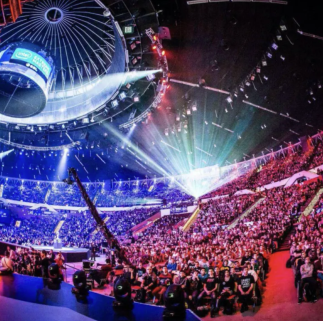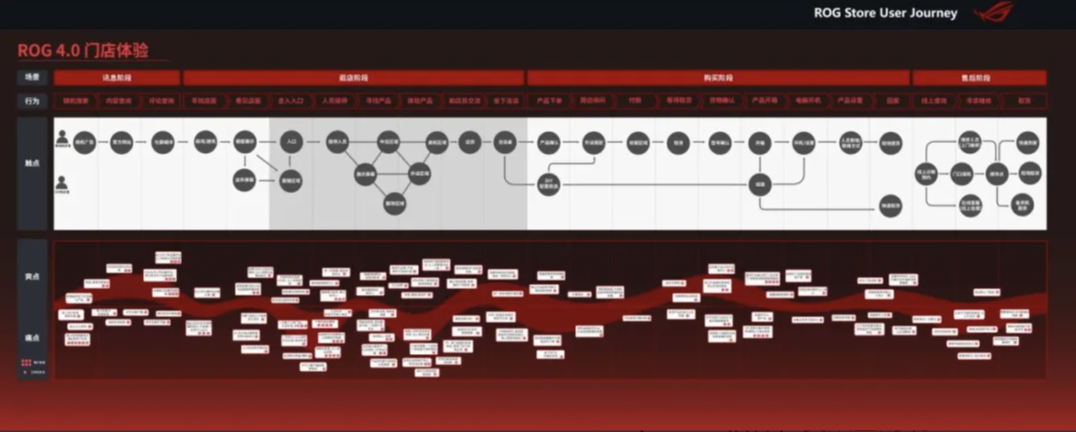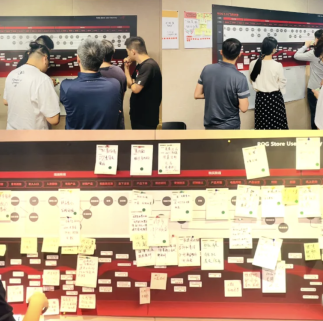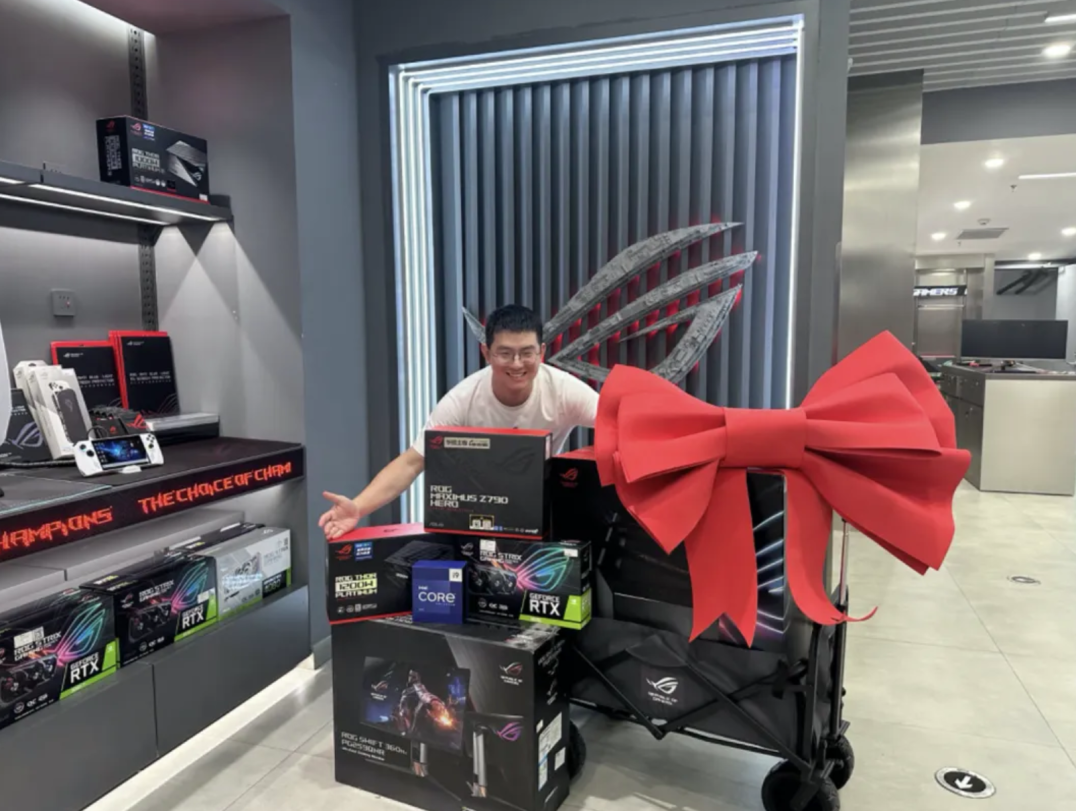01 The Booming Esports Industry
On September 23, 2023, the Hangzhou Asian Games commenced. Do you know which event was the most popular?
Table tennis? Diving? Or... soccer?
None of them!
During the ticketing period for the Asian Games, esports was the only event that required a lottery to purchase tickets.
In 2018, at the Jakarta Asian Games, esports debuted as an exhibition event. This time, in Hangzhou, esports will officially be included as a medal event, with seven gold medals to be awarded.
Esports is rapidly becoming a trendy cultural symbol and a new global social language among young audiences. It embodies the spirit of sportsmanship—commitment, perseverance, and determination. With its digital nature and influence over its audience, esports has become an important platform for promoting sports and facilitating cultural exchange.
The rise of esports would not have been possible without the support of various esports hardware brands. Although these brands continually iterate their products to provide players with the best gaming experience, they still face challenges in breaking into the esports scene and changing consumers' traditional perceptions.
As the esports wave gains momentum, how can the esports hardware industry capitalize on this trend and grow?
One brand has been making strides in esports, becoming the first to bravely pioneer in this industry: Republic of Gamers.












Share your thoughts
0 RepliesPlease login to comment